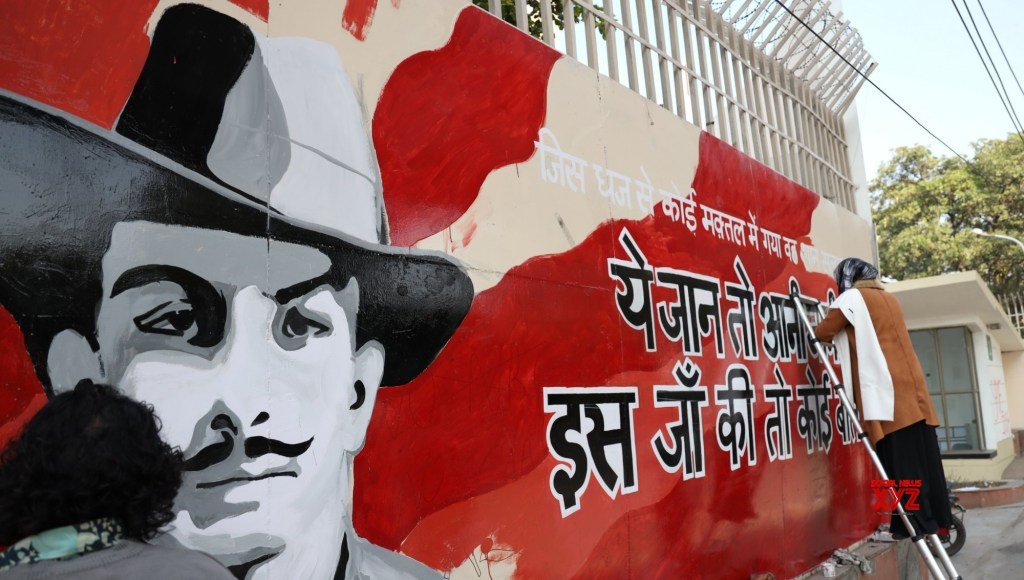A Fresh Lick of Paint






The streets of Delhi often seem alive. They speak the words and sing the songs of the rebels, the poets, the downtrodden and the commoners. Street art has made its place in being an effective way of voicing the people’s political opinions. Apart from being a delight to look at, it has the ability to simplify complex issues by breaking it down into a single frame for the viewer. Its eye-catching, thought provoking, and leaves behind a lasting visual reminder of somebody saying that my opinion matters.
Graffiti and installations have a long-standing historical relationship with driving political movements and encouraging dissent. The 2019 prodemocracy protests saw the walls of Hong Kong marked with expressions of people, often aiming to spread awareness over the extradition bill. The Egyptian revolution of 2011 saw the streets of Cairo painted with depictions of police brutality and has been credited to have made street art mainstream in the political arena.
The Anti-CAA-NRC protests across the country saw a plethora of graffiti and installations coming up in the city, drawing inspiration from the works of poets like Faiz Ahmed Faiz to revolutionaries of the Indian Independence movement. Art in the movement has acted as a silent cry against police brutality, against what the people feel are discriminatory laws.
On 24th March, soon after the announcement of the nationwide lockdown to stop the spread of the novel coronavirus, the government acted swiftly to remove the installations and cover up the graffitied walls across the city. It raises the point of covering up only the artwork related to the Anti-CAA-NRC movement while multitudes of illegally painted murals continue to exist peacefully within the walls of places like Hauz Khas Village and Shahpur Jat.
Ironically, the term vandalisme was coined in 1794 by Henri Grégoire, bishop of Blois, to describe the destruction of artwork following the French Revolution and has largely been associated with the destruction of art of historical significance, which leads us to question, who is the true vandal?



